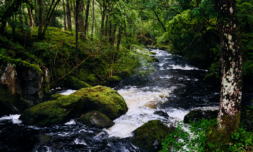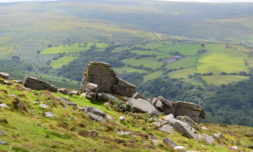With one in three people in England lacking access to nature-rich spaces, this micro-foresting method is being deployed to change that.
Have you heard of the Miyawaki foresting method?
It’s a Japanese-style tree-planting technique that involves placing a strategically diverse group of native woodland trees within a small area of land. The goal is to choose species that will work together in harmony, growing over time into a bustling micro-forest.
Growing at faster rates than conventionally planted trees and covering the surface area of a tennis court, these types of tiny forests are perfect for bringing nature back to heavily urbanised areas.
The method was first invented by Japanese ecologist Akira Miyawaki in the 1970s, but is now being deployed all over the world.
In most cases, these microforests can be found planted within housing estates, on school properties, and along the edges of urban areas.






















